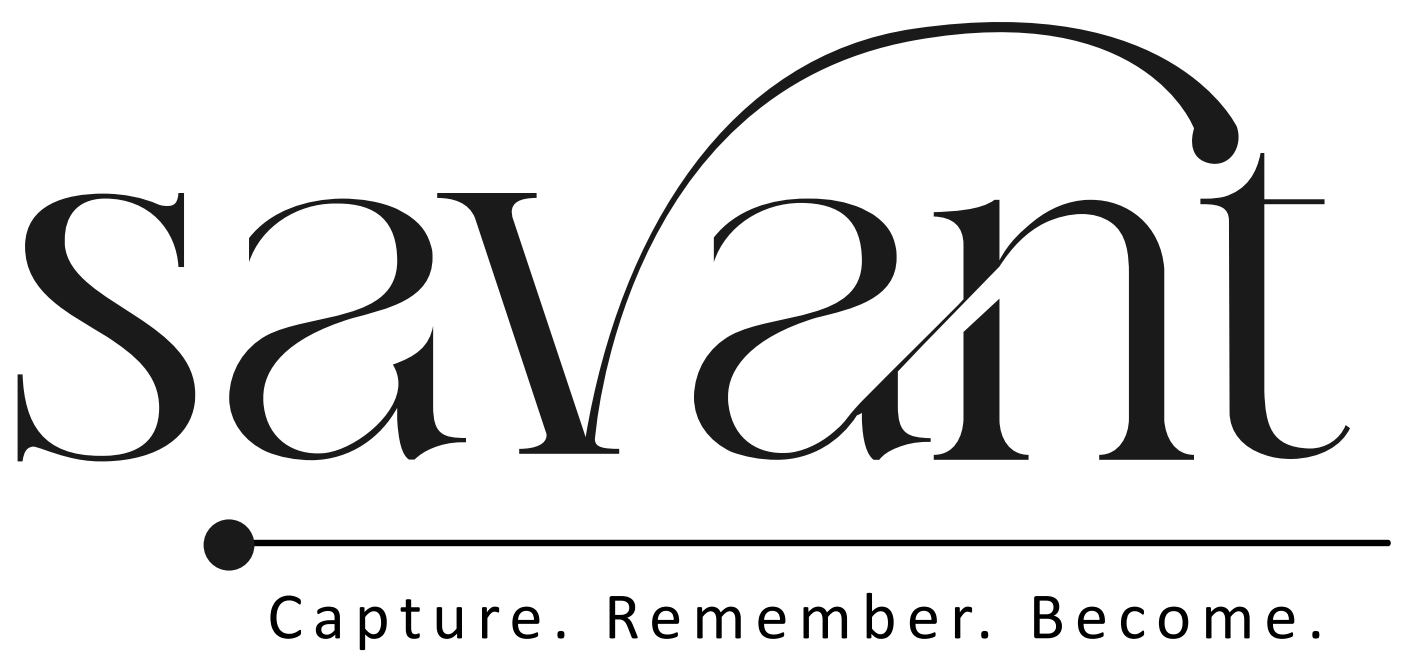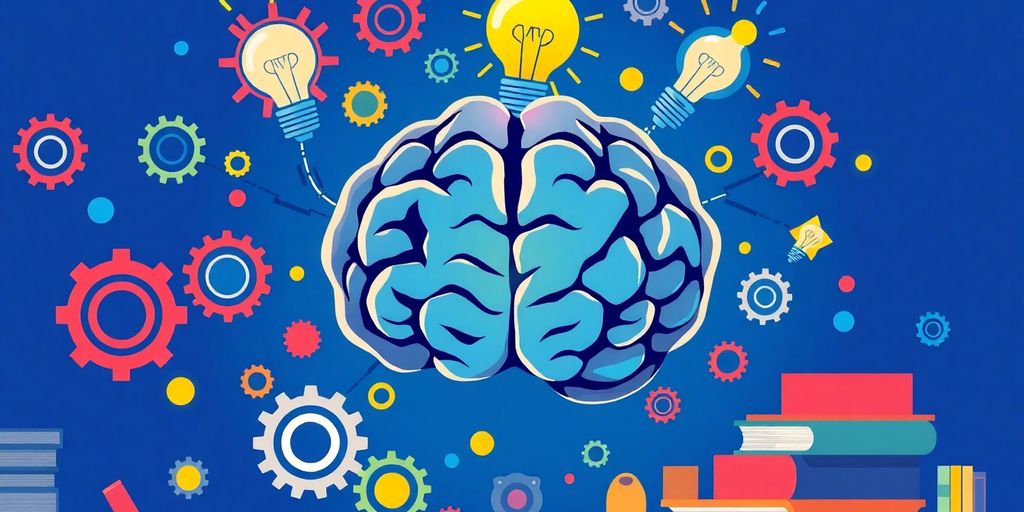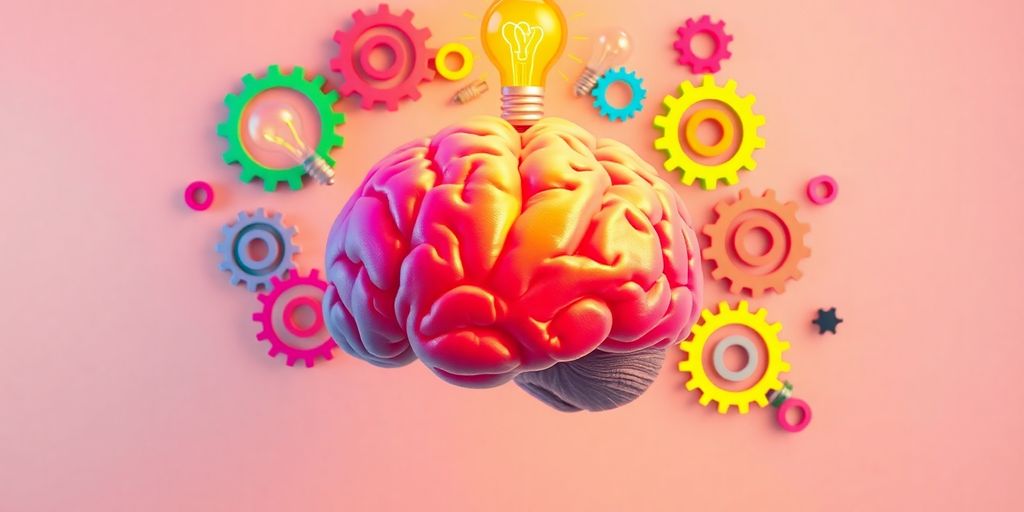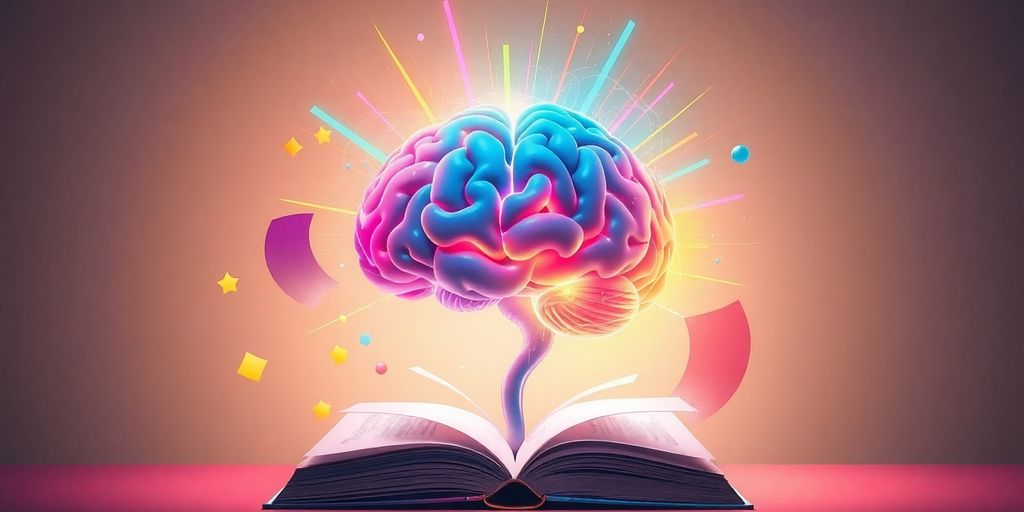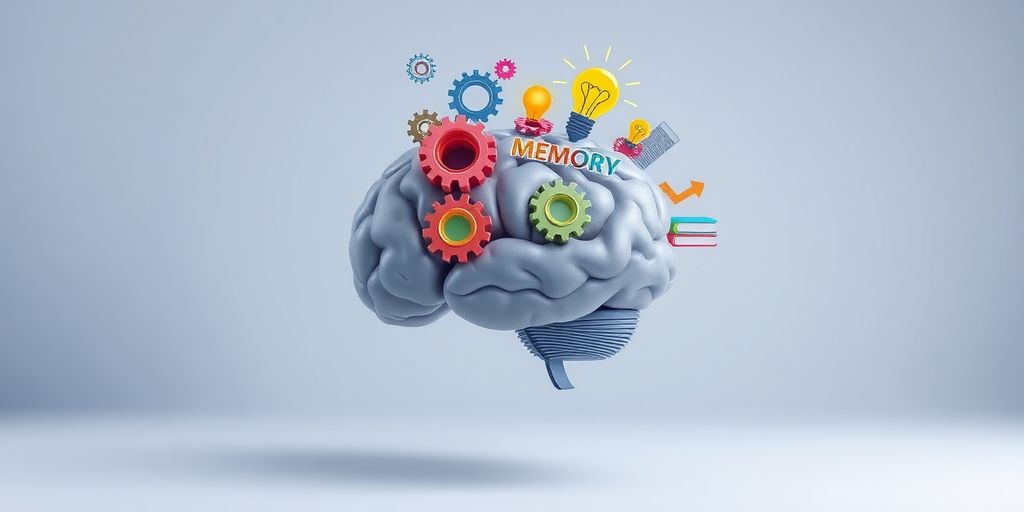Reading is not just about recognizing words; it’s a skill that can be improved with practice and the right strategies. Whether you want to read more books for fun or to learn new things, this article will show you how to enhance your reading skills. From building a daily habit to using different techniques, you’ll find helpful tips that make reading easier and more enjoyable.
Key Takeaways
- Make reading a daily habit to improve your skills.
- Focus on your reading by reducing distractions.
- Use different methods, like visuals and audio, to learn better.
- Review what you’ve read regularly to remember it longer.
- Adjust your reading style to match how you learn best.
Building a Daily Reading Habit
Creating a daily reading habit can really change your life! Setting aside time each day to read can boost your skills and confidence. Here’s how to make it happen:
Allocating Time for Reading
Try to carve out at least 20-30 minutes each day for reading. This time can be flexible based on your schedule. Here’s a simple breakdown:
| Time of Day | Suggested Duration |
|---|---|
| Morning | 20-30 minutes |
| Afternoon | 15-20 minutes |
| Evening | 30-45 minutes |
Consistency in Reading Practice
Making reading a regular part of your day helps it become a habit. Here are some tips to stay consistent:
- Choose a specific time each day.
- Keep your reading materials handy.
- Set reminders on your phone.
Benefits of Daily Reading
Daily reading has numerous benefits:
- Vocabulary Expansion: You’ll learn new words and phrases.
- Improved Comprehension: Regular reading helps you understand texts better.
- Fluency Development: The more you read, the smoother your reading becomes.
- Knowledge Acquisition: You’ll gain insights into various topics and ideas.
Building a reading habit is like planting a seed. With time and care, it will grow into something beautiful.
By following these tips, you can create a consistent reading habit that enriches your life and expands your knowledge! Remember, as you get comfortable with reading a little each day, start gradually increasing your reading time. Level up your reading habits!
Mastering Focus and Concentration

Eliminating Digital Distractions
To really dive into your reading, it’s super important to cut out distractions. This means putting your phone away, turning off notifications, and finding a quiet spot. You might even want to use apps that block distracting websites while you read. Creating a distraction-free environment can significantly improve your focus.
Practicing Mindfulness
Mindfulness is all about being present. Before you start reading, take a few deep breaths. This simple act can clear your mind and help you focus better on the material. Remember, being in the moment is key to understanding what you read.
Creating a Comfortable Space
Your reading environment matters! Make sure you have a cozy chair, good lighting, and a spot that feels inviting. A comfortable space can make a big difference in how well you concentrate.
Finding the right environment can transform your reading experience.
Quick Tips for Better Focus
- Set a timer: Try reading for 25 minutes, then take a 5-minute break.
- Stay hydrated: Drink water to keep your brain sharp.
- Choose the right time: Find when you feel most alert to read.
By following these tips, you can boost your focus and enjoy your reading sessions much more!
Enhancing Comprehension Skills
Reading is not just about getting through the words; it’s about understanding them! Here are some great ways to boost your comprehension skills:
Strategies for Before Reading
Before you dive into a text, it’s helpful to prepare yourself. Here are some strategies:
- Preview the text: Look at headings, images, and any highlighted terms to get a sense of what it’s about.
- Ask questions: Think about what you want to learn from this reading.
- Activate prior knowledge: Consider what you already know about the topic to make connections.
Techniques During Reading
While you’re reading, keep these techniques in mind:
- Annotate the text: Write notes in the margins or highlight key points to engage with the material.
- Visualize: Create mental images of what you’re reading to help remember details.
- Summarize: After each section, pause and summarize what you’ve learned in your own words.
Post-Reading Activities
After finishing a text, it’s important to reflect and reinforce your understanding:
- Discuss: Talk about the text with a friend or family member to deepen your understanding.
- Write a summary: Put the main ideas into your own words to solidify your grasp of the material.
- Create a mind map: Connect ideas visually to see how they relate to each other.
Engaging with a text actively can make a huge difference in how well you understand it. The more you interact with the material, the better you’ll grasp it!
Utilizing Multi-Sensory Learning Tools
When it comes to learning, using multiple senses can make a big difference. Engaging different senses helps you remember better! Here are some techniques to try:
Incorporating Visual Aids
Using visual aids like charts, diagrams, and pictures can make learning more engaging. These tools help clarify complex ideas and make them easier to understand. For example, a simple chart can break down a process into clear steps, making it more digestible. Here are some ways to use visual tools:
- Create mind maps to connect ideas.
- Use infographics to summarize information.
- Watch educational videos to see concepts in action.
Using Multimedia Flashcards
Flashcards are a fantastic way to reinforce learning. Here’s how you can use them effectively:
- Combine different senses: Use images, sounds, and text on your flashcards.
- Engage actively: Quiz yourself or a friend to make it fun.
- Schedule reviews: Revisit your flashcards regularly to boost memory retention.
Benefits of Interactive Learning
Interactive learning is all about being involved. When you actively participate, you’re more likely to understand and remember what you learn. Here are some benefits:
- Active Participation: Engaging with the material makes it stick.
- Reduced Cognitive Load: Learning in smaller chunks is easier and less tiring.
- Deeper Understanding: You can connect new ideas with what you already know.
Multi-sensory learning not only makes studying more enjoyable but also helps you remember information better. By engaging different senses, you create stronger connections in your brain, making it easier to recall what you’ve learned.
Remember, the more senses you engage, the better you’ll retain information!
Developing Critical Thinking Through Reading
Reading is more than just flipping through pages; it’s about engaging with the material. By developing critical thinking skills, you can enhance your understanding and enjoyment of what you read. Here’s how to do it:
Analyzing Texts
When you read, take the time to break down the text. Here are some tips to help you analyze effectively:
- Identify the main argument: What is the author trying to say?
- Look for supporting details: What evidence backs up the main idea?
- Consider the author’s purpose: Why did they write this?
Making Inferences
Making inferences is about reading between the lines. Here’s how to practice:
- Ask questions: What is implied but not directly stated?
- Connect ideas: How does this relate to what you already know?
- Predict outcomes: What might happen next based on the information given?
Questioning the Author’s Intent
It’s important to think about what the author wants to convey. Here are some questions to consider:
- Why did the author choose this topic?
- What message are they trying to share?
- How does this text connect to other works?
Reading is a conversation. All books talk. But a good book listens as well.
– Mark Haddon
By practicing these techniques, you can become a more engaged and thoughtful reader. Remember, reading is not just about absorbing information; it’s about interacting with it. Happy reading!
Adapting to Different Learning Styles
Understanding how to adapt to different learning styles can make a big difference in how effectively you learn. Everyone learns differently, and recognizing these differences can help you find the best strategies for yourself and others.
Visual Learners
Visual learners grasp information best through images, diagrams, and charts. Here are some tips to engage them:
- Use colorful charts and graphs to present data.
- Incorporate videos that illustrate concepts.
- Encourage drawing or mind mapping to organize thoughts.
Auditory Learners
Auditory learners thrive on listening. To support them:
- Use discussions and group talks to share ideas.
- Incorporate audiobooks or podcasts related to the material.
- Encourage reading aloud to reinforce understanding.
Reading/Writing Learners
These learners prefer written words. To help them:
- Provide plenty of reading materials and articles.
- Encourage note-taking and summarizing information.
- Use written assignments to reinforce learning.
Adapting your approach to fit different learning styles can lead to better understanding and retention of information. By engaging with the four different types of learning styles, you can discover strategies that work best for you and others, leading to more effective training outcomes!
Balancing Reading for Work and Pleasure
Finding the right balance between reading for work and reading for fun can be tricky, but it’s totally doable! Mixing both types of reading can actually boost your overall productivity and happiness. Here are some tips to help you manage your reading time effectively:
Setting Priorities
- Identify your goals: Think about what you want to achieve with your reading. Are you looking to learn something new or just unwind?
- Create a reading list: Make a list of books you want to read for both work and pleasure. This way, you can easily switch between them.
Mixing Genres
- Explore different types: Don’t be afraid to mix genres! Reading fiction can spark creativity, while non-fiction can provide valuable insights.
- Try audiobooks: They’re a great way to enjoy stories while doing other tasks, like exercising or commuting.
Balancing reading for work and pleasure is like walking a tightrope. With practice, you can find your balance and enjoy the best of both worlds!
By following these tips, you can create a reading routine that keeps you engaged and motivated. Remember, reading should be enjoyable, whether it’s for work or pleasure!
The Power of Spaced Repetition
What is Spaced Repetition?
Spaced repetition is a smart way to help you remember things better. Instead of cramming all your studying into one night, you spread it out over time. This method takes advantage of how our brains work, making it easier to keep information in your long-term memory. The key is to review material just before you’re likely to forget it.
Implementing Spaced Repetition
To make the most of spaced repetition, consider using:
- Flashcards: Great for quick reviews and can be spaced out over time.
- Apps: Many educational apps are designed to help you schedule your study sessions effectively.
- Study Groups: Collaborating with friends can make repetition more engaging and fun.
Benefits of Spaced Repetition
- Better Memory Retention: Spacing out your study sessions helps reinforce what you’ve learned.
- Less Stress: Regular reviews can reduce the need for last-minute cramming, making studying feel less overwhelming.
- Deeper Understanding: Revisiting concepts allows you to connect new information with what you already know.
Remember, learning is a journey, not a race! Take your time and enjoy the process.
By incorporating spaced repetition into your study routine, you’ll find that learning becomes less stressful and more rewarding. So, give it a try and watch your knowledge flourish!
Wrapping It Up: Your Journey to Better Reading
In conclusion, improving your reading skills is a journey that can truly change your life. By using the techniques we’ve discussed, like setting a daily reading routine and engaging with the material actively, you can become a more confident and effective reader. Remember, it’s not just about finishing books; it’s about enjoying the process and learning from what you read. So, grab a book, find a cozy spot, and dive into the wonderful world of reading. Happy reading!
Frequently Asked Questions
How can I create a daily reading routine?
Start by setting aside 20-30 minutes each day for reading. Choose a specific time that works for you, like in the morning or before bed.
What are some tips to stay focused while reading?
Eliminate distractions by turning off your phone and finding a quiet space. You can also practice mindfulness by taking deep breaths before you start.
How can I improve my understanding of what I read?
Try summarizing what you’ve read after each section, and discuss it with others to reinforce your understanding.
What are multi-sensory learning tools?
These are tools that engage multiple senses, like visual aids, audio resources, and hands-on activities, to help you learn better.
How do I adapt my reading strategies for different learning styles?
Identify whether you are a visual, auditory, or reading/writing learner, and choose methods that suit your style, like using diagrams or audiobooks.
What is spaced repetition and how can it help me?
Spaced repetition is a technique where you review information at increasing intervals. This helps improve memory retention over time.
